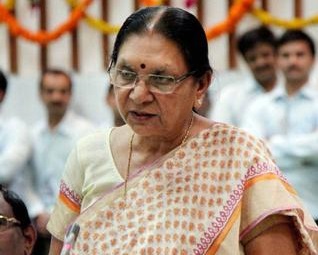Feasibility Of Simultaneous Parliamentary And Assembly Elections

Prime Minister Modi on Constitution Day, once again put forth the idea of, “one nation one election.” He pointed out that elections nowadays are very costly and the year round elections affect the decision making ability of the government. The election commission has always supported the idea and expressed its readiness in going forward with it. Can the concept be implemented on ground or is it just plain rhetoric? Let’s discuss this in detail.
Aspects To Consider
It’s quite true that simultaneous parliamentary and assembly elections have been conducted in the past and is still done in a few states.The idea of conducting simultaneous polls is not without merit. The focus will be on governance and a large amount of the money will be saved which can be utilised for various productive purposes. Another advantage is that it will save a lot of time and manpower.
However, the states where simultaneous elections are the norm are quite small in size and the term of governance for both the centre, as well as the state, coincide with each other. If simultaneous elections were to be held in 2019, many state governments will not be able to complete their term of 5 years.
Data collected has shown that when simultaneous polls are contested, people vote for the same party in the state as well as in the centre. On the other hand, when Lok Sabha elections and assembly elections are conducted separately they are judicious in their voting. Holding separate elections helps maintain political diversity.
The assembly elections deal with local issues and candidates are judged on the basis of their work done within the state. Combining both elections could lead to giving more importance to the national aspect, which is a threat to the federal fabric of the nation.
How Equipped Are We?
The whole idea comes crashing down when the logistic side of it is examined. The logistic side is concerned with the availability of EVM’s as well as the manpower involved. With 29 states and most of them having elections in 3 to 4 phases, the amount of manpower required is quite huge. Currently an election requires 800 companies of forces. The number will go up thrice at least. Diverting such a large number of security forces for election duty may create a vacuum which may become a potential threat to the internal security of the nation.
When it comes to EVM’s, just a simple point to consider is if a single voter will requires two EVM’s then how many EVM’s need to be acquired for simultaneous polls throughout the country? Presently, EVM’s used in one state are transferred to another state after elections.
The cost of acquiring EVM’s in such a large proportion is will be in thousands of crores.
Feasibility
Even if the logistical side is completely taken care of, the idea is still not feasible due to the long duration. Salman Qureshi, the ex-chief election commissioner, has pointed out that it would take around 2 to 3 months to conclude which will defeat the its very purpose. To conclude, holding simultaneous elections has its benefits and looks good on paper but is not feasible at the present juncture.
